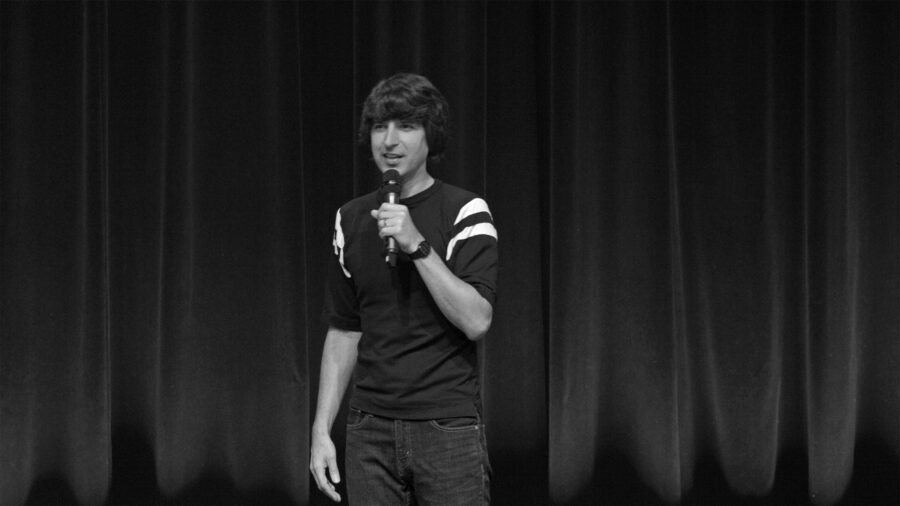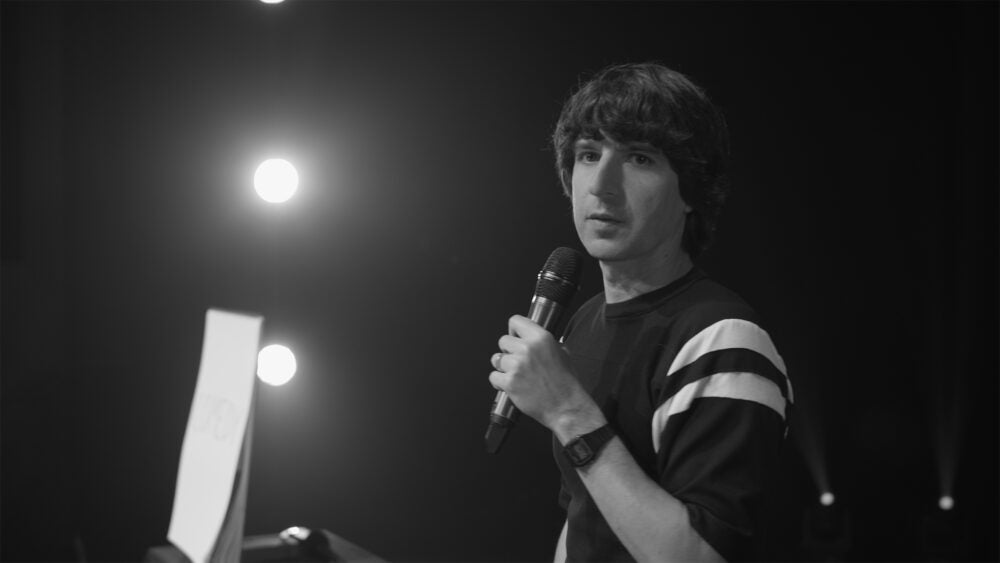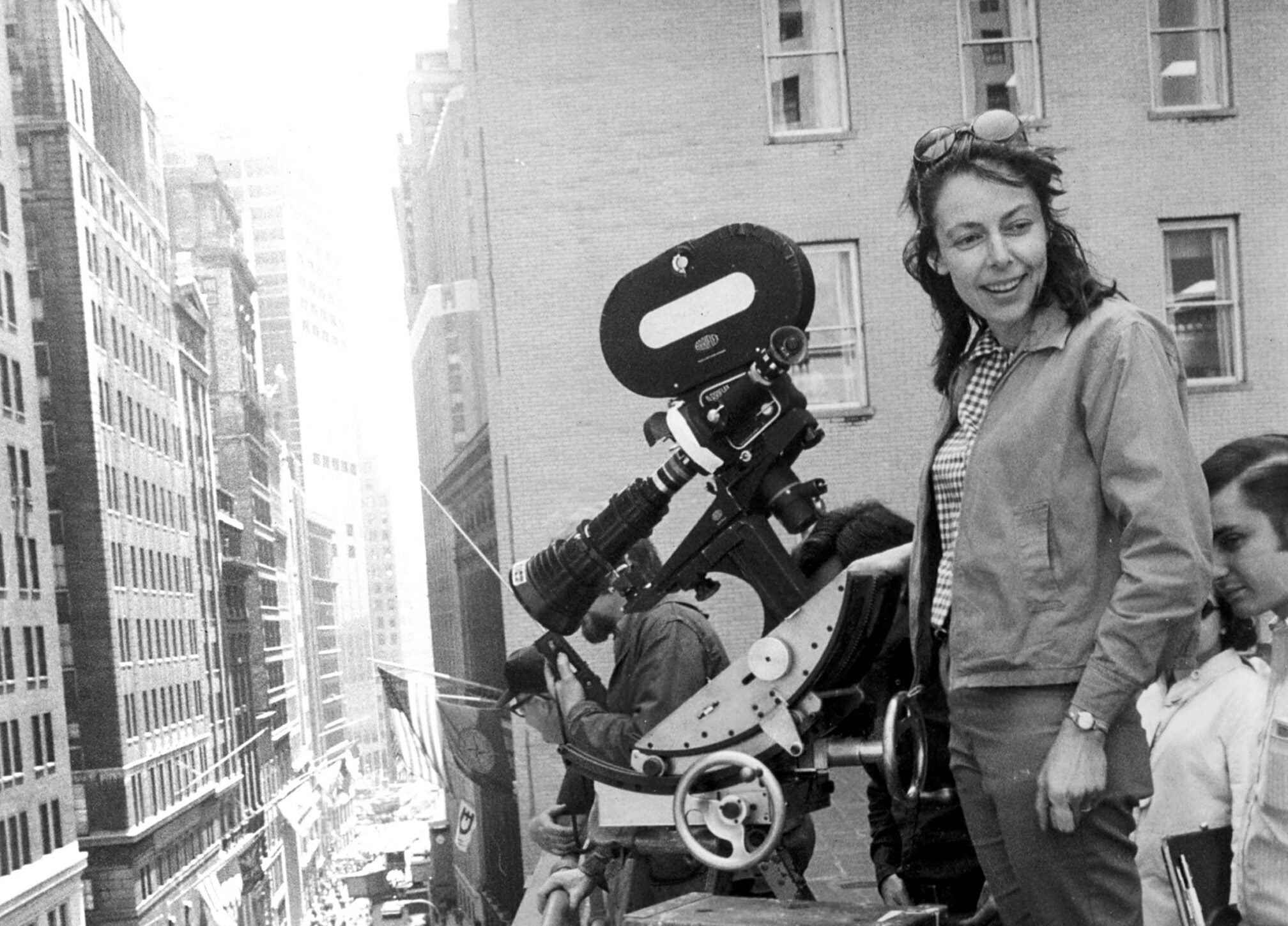Demetri Martin is a standup comic who has found a new way to use a live concert, pre-recorded video and sound to create a new experience for theatre and television audiences. His new comedy special, “Demetri Martin: Demetri Deconstructed,” is the first in a trilogy of specials that will also tell a story beyond just his jokes.
WPR’s “BETA” found Martin before his deconstruction was complete for a conversation about his unique approach to comedy.
This interview has been edited for clarity and brevity.
Stay informed on the latest news
Sign up for WPR’s email newsletter.
Doug Gordon: “Demetri Martin: Demetri Deconstructed” is your first special in six years. Why did you decide to make this special at this point in your career?
Demetri Martin: I think people know who I am. So, why don’t I try something different or surprise people if I can? It’s still doing what I do, mainly telling short jokes. There are some drawings and a little music accompanying some of the comedy, but there’s got to be another way to do this.
So, I thought, first, I could do something different within a standup special. Second, I could approach standup specials differently by putting three of them together as a trilogy, making it a story that will unfold.
DG: Can you walk us through your creative process of writing and directing?
DM: Sure. What I usually do is daydream a lot. A lot of my jokes come from that. I have told some stories over the years. This is a personal story. It might be fun to tell.
But once I’ve told a story five, ten, 15, or whatever number of times, I get pretty tired of the story and myself because I’m usually in the story.
But with jokes, especially shorter ones, I don’t get sick of them so fast. And if I do, I can drop one out of the set, and then it can reappear months later or years later. Most of the jokes aren’t about me. They’re more about ideas or perspectives. So, in terms of the process, that’s a much more enjoyable pursuit because I’m daydreaming and brainstorming. Sometimes, jokes don’t just float into my head.
But if I’m getting ready for a standup special or a tour, I’m going to record an album or something. Then I’m trying to force them out. I’m really pushing it. That’s when I spend more time. Especially on flights when I’m touring, I bring a spiral notebook, write jokes, underline them, and then write as many as I can until the plane lands and see what I can come up with.
DG: One of the highlights of your special is when you invite a guest on stage. Can you tell us a bit about the guest you chose and why you chose him?
DM: Yes. That came out of wondering if I could use a large pad on an easel differently because I’ve shown a lot of drawings over the years in my standup shows and thought, is there another way to use this thing? I could make a character on the pad, and then I could have that character talk, maybe have a conversation with this character. So that’s what I did, and people liked it a lot. So I decided to put that in the special.
It’s this demon character I came up with. I don’t know — there’s just this fever pitch of anger, politics and all that stuff. So, it would be an interesting time for a demon to show up and talk about their contribution to the world. Nothing religious. It’s nothing like that. But it was a funny angle on the time we live in without being topical.
DG: I really liked the Mysteries of the Unknown segment. It had a cool “Twilight Zone”-like vibe to it. What inspired this portion of your special?
DM: I don’t usually play with lights or music cues on the road too much. I typically keep it simple. It’s self-contained so that I can show up anywhere, do my sound check and say, “I want this lighting look.” And if I ever have sound cues, I usually control them from the stage to get my timing right.
But for that, I thought this would be fun. A simple lighting shift makes it a little more theatrical. It was fun to figure out because there are other ways to get laughs or make jokes that aren’t verbal.

DG: My favorite thing about “Demetri Deconstructed” was your use of voiceover to give your audience a real sense of what it’s like being Demetri Martin. Why did you decide to do that?
DM: That speaks to that screen relationship or viewer-to-performer relationship that’s different when you’re on a screen than when you’re live because you can get in tighter depending on your coverage, which I think is interesting comedically because now we can get a lot closer. It’s a surprise sometimes as suddenly we’re in tight. But then, once you are closer, you can also be a lot closer auditorily, so close that you can go into the performer’s head with a voiceover if you can pull it off.
I used it sparingly, but I think it worked pretty well. It’s a simulation of the experience of being on stage, especially if you’ve told jokes so many times and done this show X number of times. You get accustomed to it and try to keep it fresh and present. But, you know, it’s just how the human mind works. Sometimes your mind wanders, and you’re telling a joke, but you’re thinking about, “Oh, crap, what time is my flight tomorrow?”
I got a good balance, and this is a fun device that is another way to tell some jokes and add intimacy to the performance.
“How much can I fiddle with it without ruining the integrity of a stand-up special and have it recognized as such? But I think I can do it.”
Demetri Martin
DG: I thought you had excellent energy, flow and pace (EFP) throughout your special. How are you going to top “Demetri Deconstructed”?
DM: I’m excited. I shot the second special in the trilogy about a month ago, and the crowd was great. That was a bigger room. The first one, “Demetri Deconstructed,” I shot in a smaller room, trying to do this more intimate experience. I got to shoot more shows to get the coverage and do much of the stuff I did.
I plan for the second one to be in color, and you’ll get more of the story. Why was the first one in black and white? What’s the whole story here? The second one is the meat of the story. I will have these portions that aren’t live. So you see a live special or filmed live, and then you get to leave it and come back. That’ll present some fun challenges in terms of EFP so that I don’t put the brakes on the live stand-up because I don’t want to ruin it.
I’m not trying to make a movie, a sketch show, or something like that. It’s a stand-up special, so I always try to get the right amount. How much can I fiddle with it without ruining the integrity of a stand-up special and have it recognized as such? But I think I can do it. This is the next challenge.




